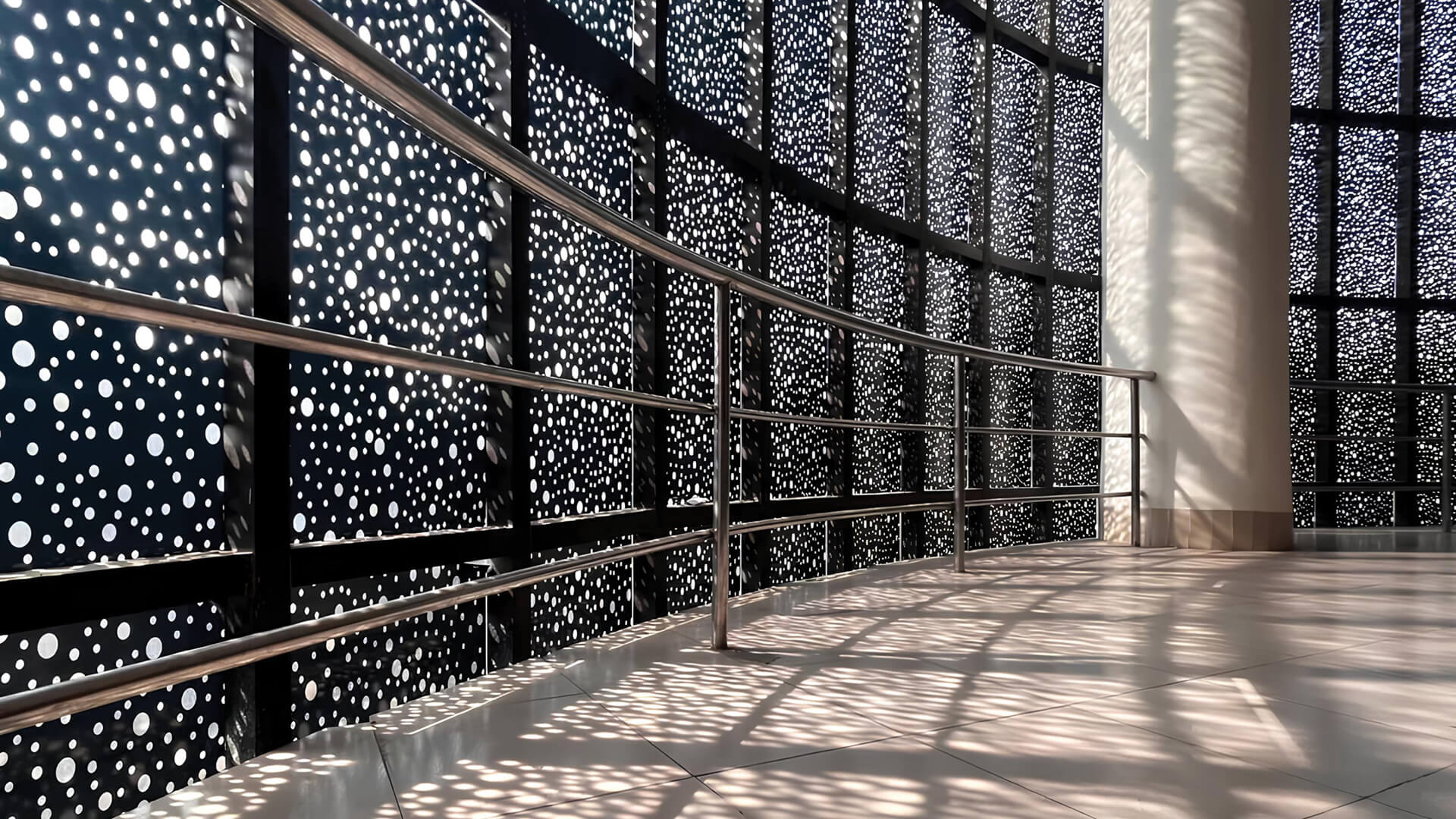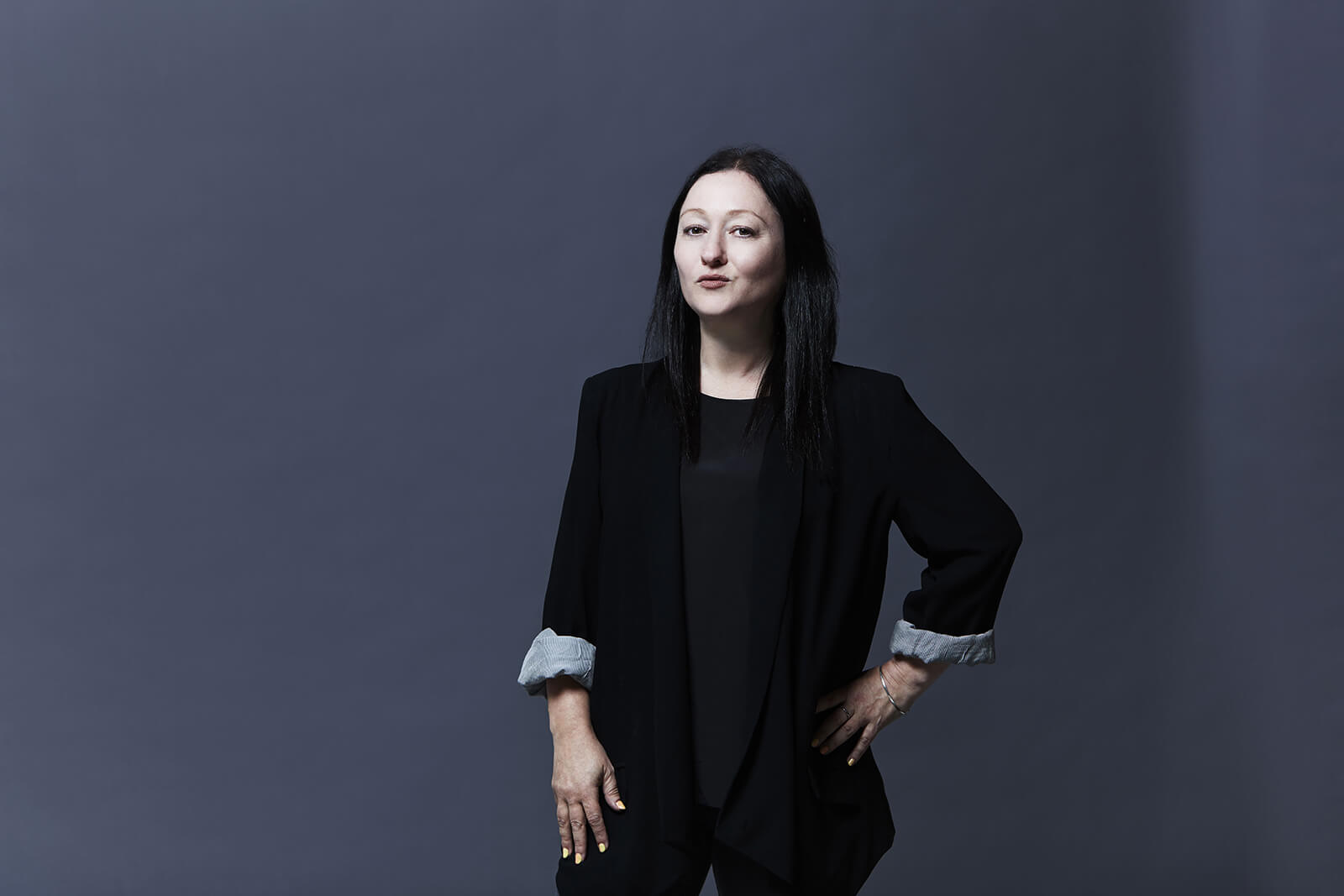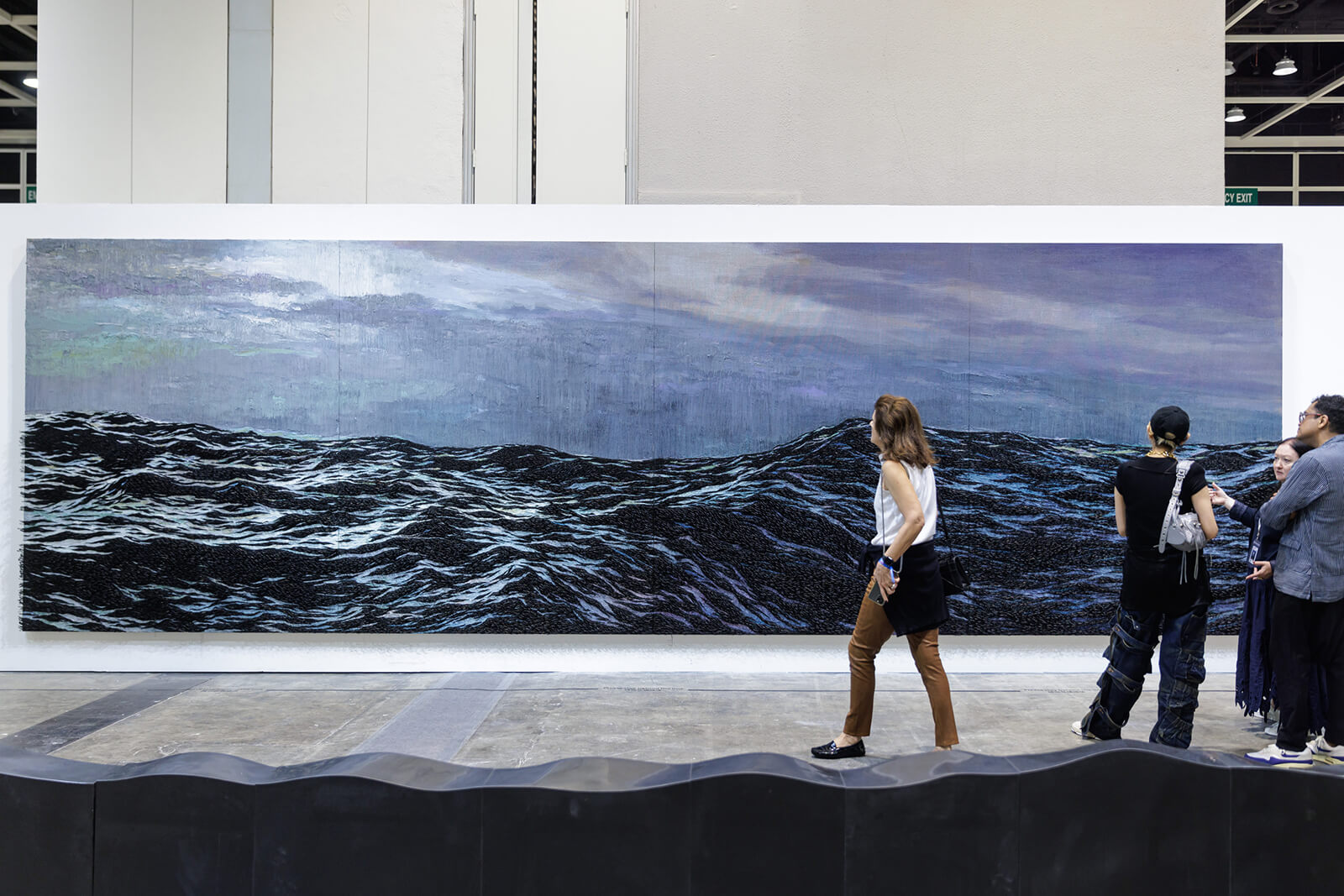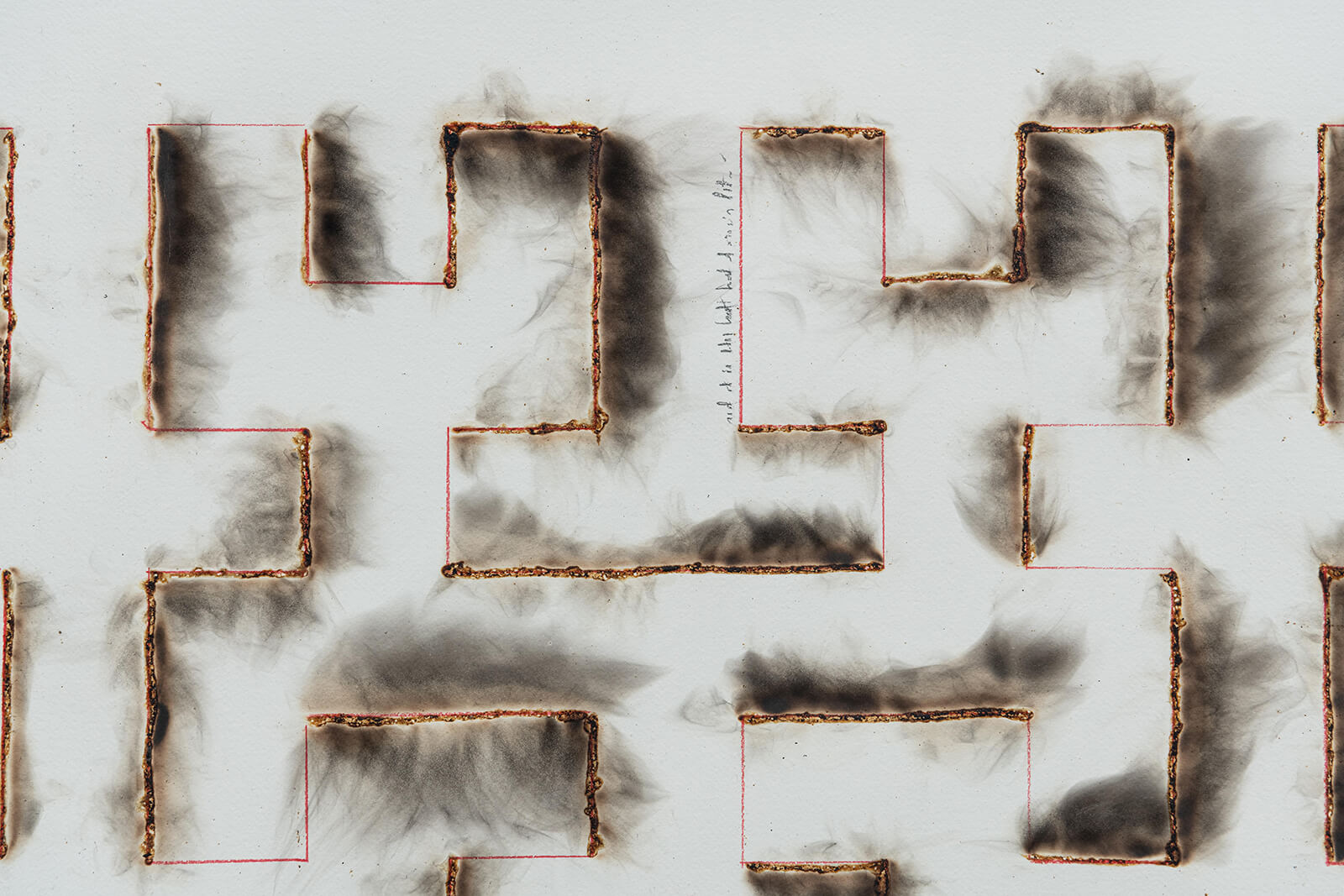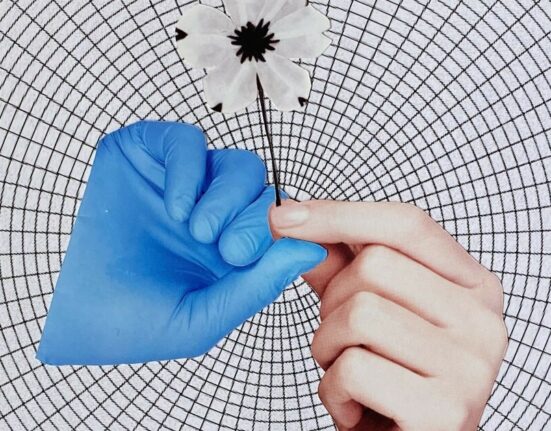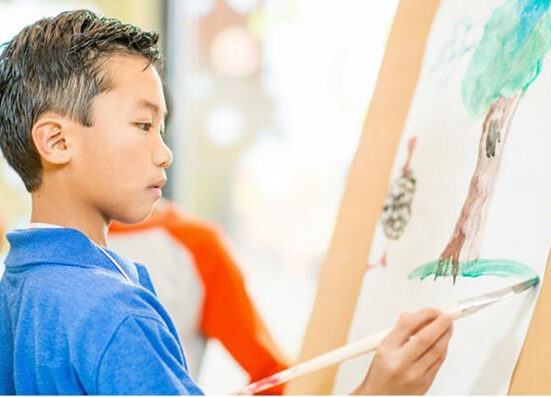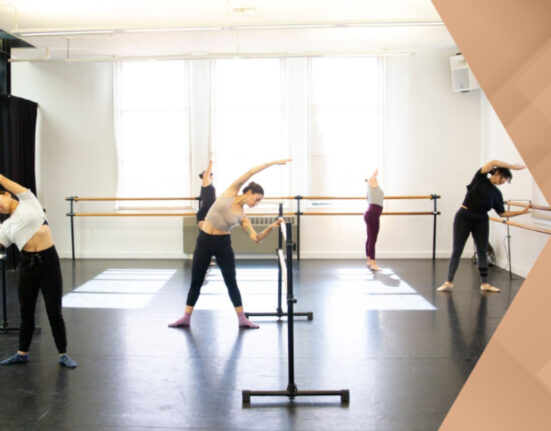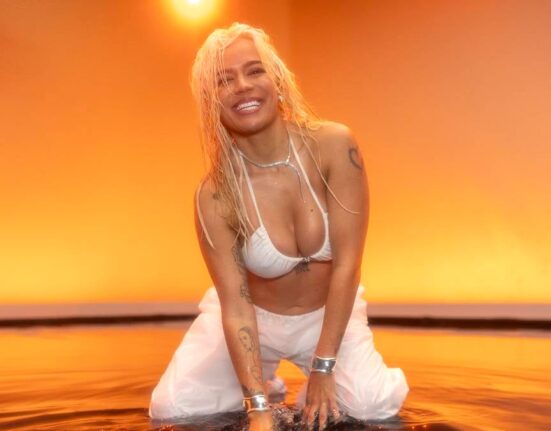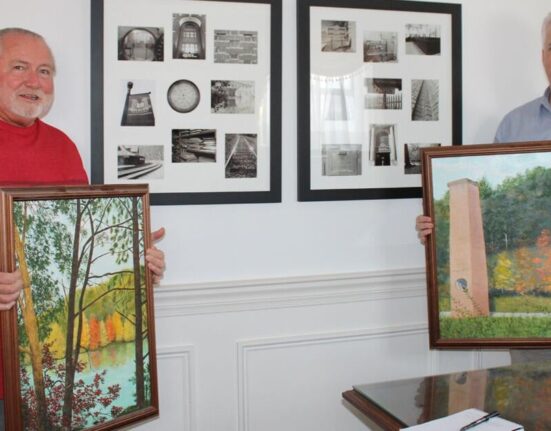Art Basel Hong Kong opened its 2024 edition with exhibitor numbers surpassing the fair’s pre-pandemic scale. But amid the exciting buzz and flurry of offerings, it is worth taking the time to tread the conceptual path that cuts through the noise with large-scale works in the sector ‘Encounters’. Spread across the fair’s two levels, this year’s iteration of the curated sector comprises 16 works, 11 of which are new and created especially to be premiered at the fair (a testament to the curator’s deep trust in the artist she works with). The sector’s curator Alexie Glass-Kantor, the Executive Director of Artspace Sydney, followed a specific theme in her vision for this edition, titling it I am a part of all that I have met.
“This is the first time in 10 years for ‘Encounters’ to have used the first person pronoun,” says Glass-Kantor. Bringing offerings by artists from a wide range of geographies, biographies and generations, she seeks to raise a pressing issue: “How do we come together individually and as a community to have empathy and compassion when in fact our experiences are so different? And I think after the past few years we’ve never been more aware of that.”
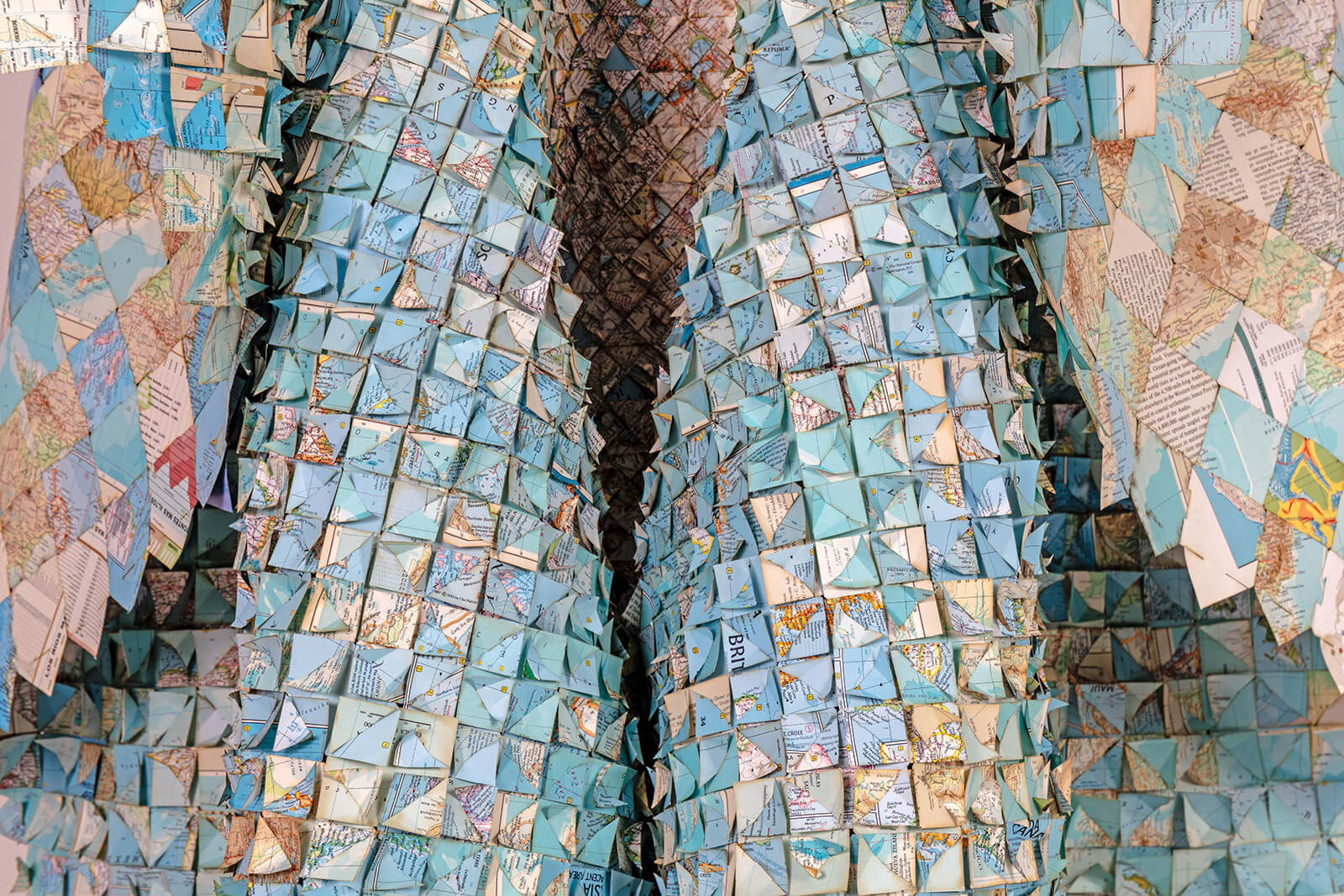
“How do we open ourselves back to the unknown?” Navigating through ruptures and worldviews, most of the works in ‘Encounters’ highlight art’s capacity to take risks. They also focus on traditional knowledge, craft and the clear trace of artists’ hands. This is to say, it is within the folds of paper, the warp and weft of yarns, the draping, moulding, forming and mark-making that we can tap into the ability to hold space, find generosity and embrace complexity.
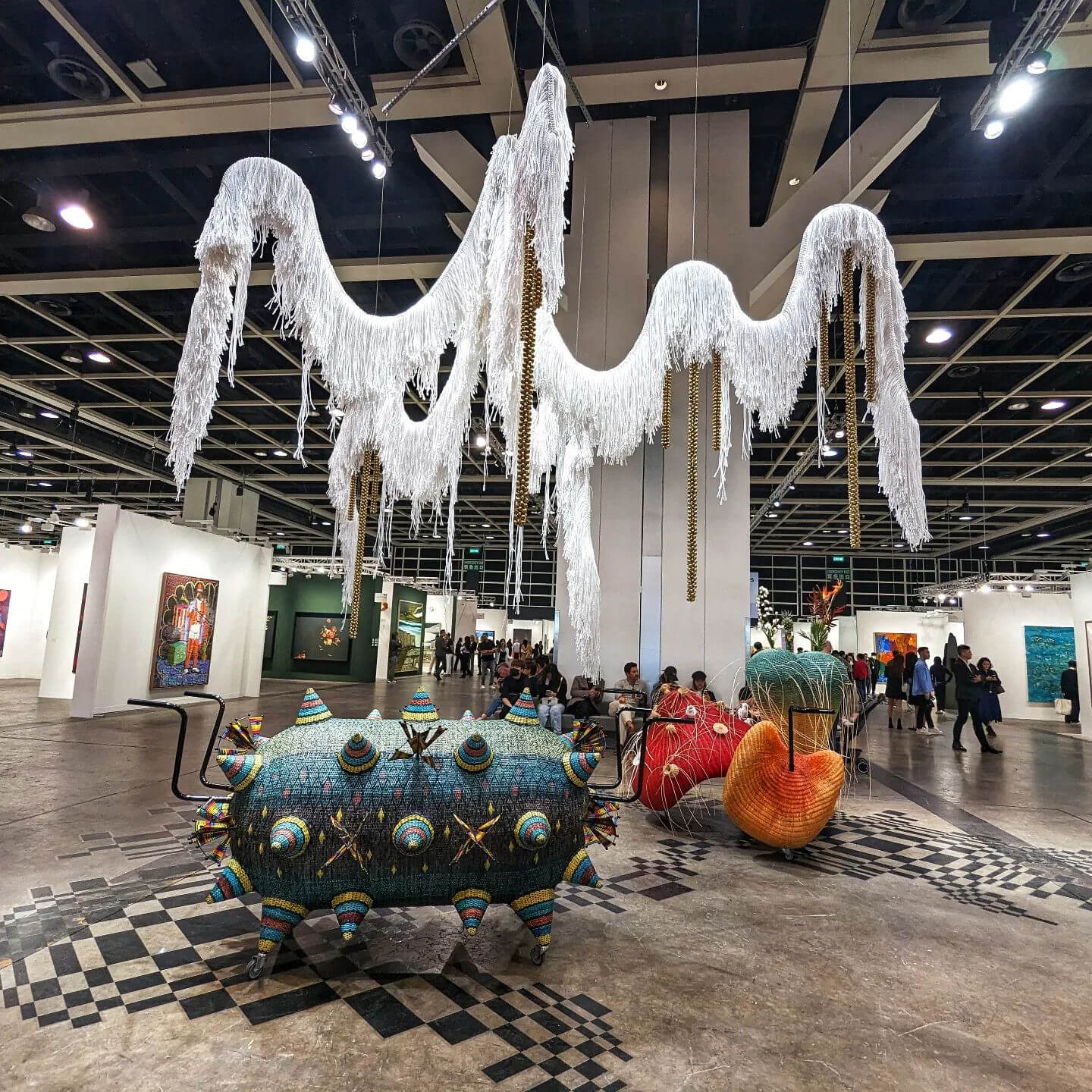
Entering the fair’s first level, visitors encounter the first work in this sector — a grand, sprawling installation by Seoul and Berlin-based South Korean artist
Cuban artist Yoan Capote’s contribution also foregrounds craft. A new work premiering at the fair, Island (Voragine) is a monumental wall work that the artist has created in his studio with members of the local community. It consists of hundreds of fishhooks that piece the thick impasto surface, resembling a menacing dark sea. Facing it, a sleek granite sculpture, entitled Endless Sea (Requiem), 2021, seems to be cut to resemble waves. But a closer look reveals that the wavy form is achieved by lining up arch-topped tombstones next to each other. Capote’s two-part installation is a meditation on a promise for a better life across treacherous waters. Carrying along the path of encounters from the element of water to wind and fire, Mumbai-based Jitish Kallat’s Wind Study (Hilbert Curve), 2022-2023, is a work on paper ‘drawn’ by the wind. A single extended line forms arrangements that can be scaled following the mathematical order of Hilbert Curves to become ever more intricate. The artist then directs fire across the surface of a drawing, traced with an inflammable substance.
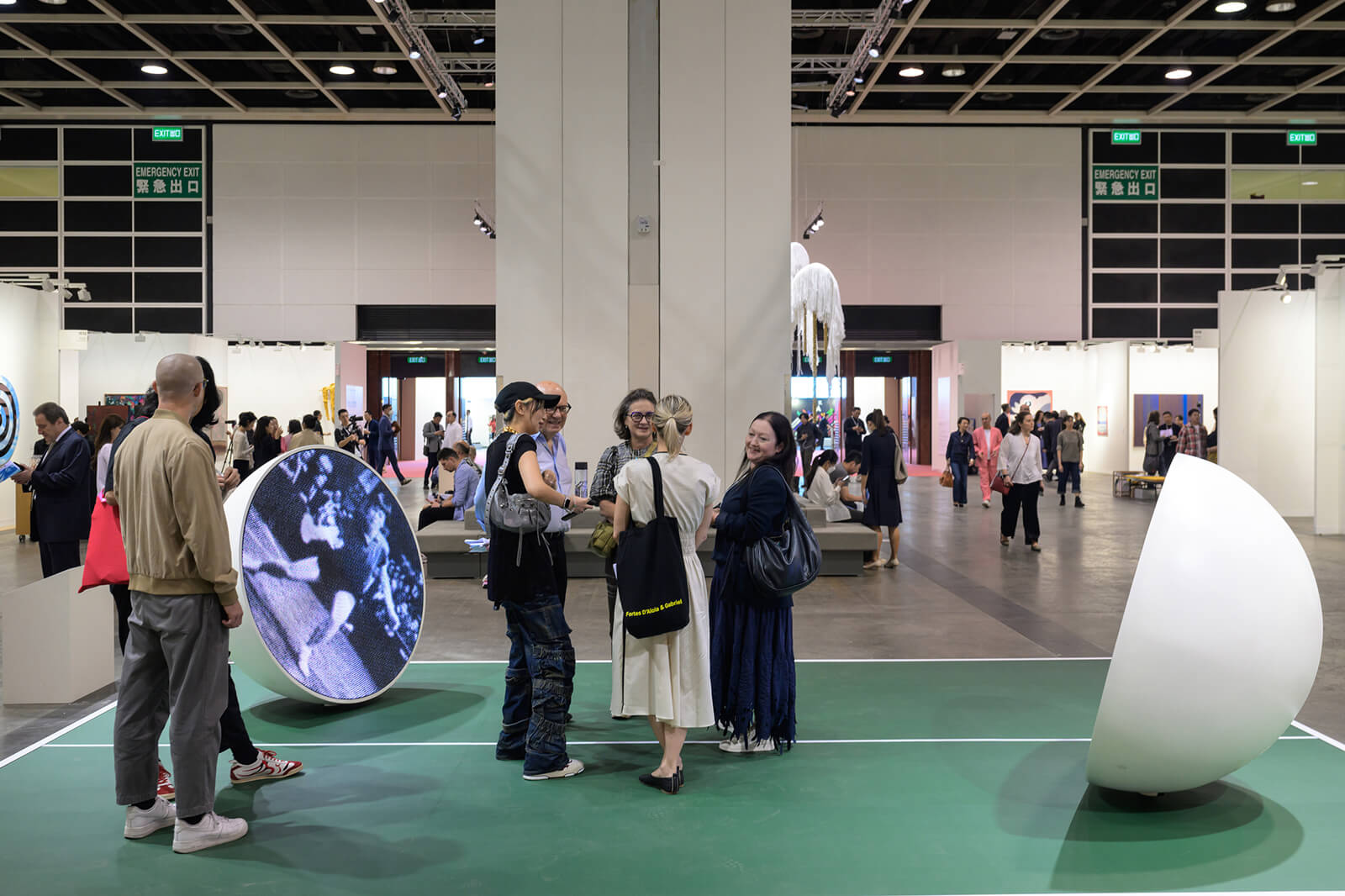
Friendship First, Competition Second (2024) is a new installation by Berlin-based Singaporean artist Ming Wong, which references the Sino-American “ping-pong” diplomacy: In the height of the Cold War, it was the Beijing ping-pong friendship games of 1971 that paved the way for the historic 1972 summit between US President Richard Nixon and Chairman Mao Zedong. Wong places two round screens across each other in encasements made to look like the oversized halves of a ping-pong ball. On these two screens, a split visual narrative shows an array of fast-cut archival images culled from Chinese daily newspapers and American Time and Life magazines of that era. It’s an appealing contemplation on the seemingly easily achieved impact of soft power through sporting events, music and culture. Nothing is without an ulterior agenda still today, in the long shadow cast by the Cold War era.
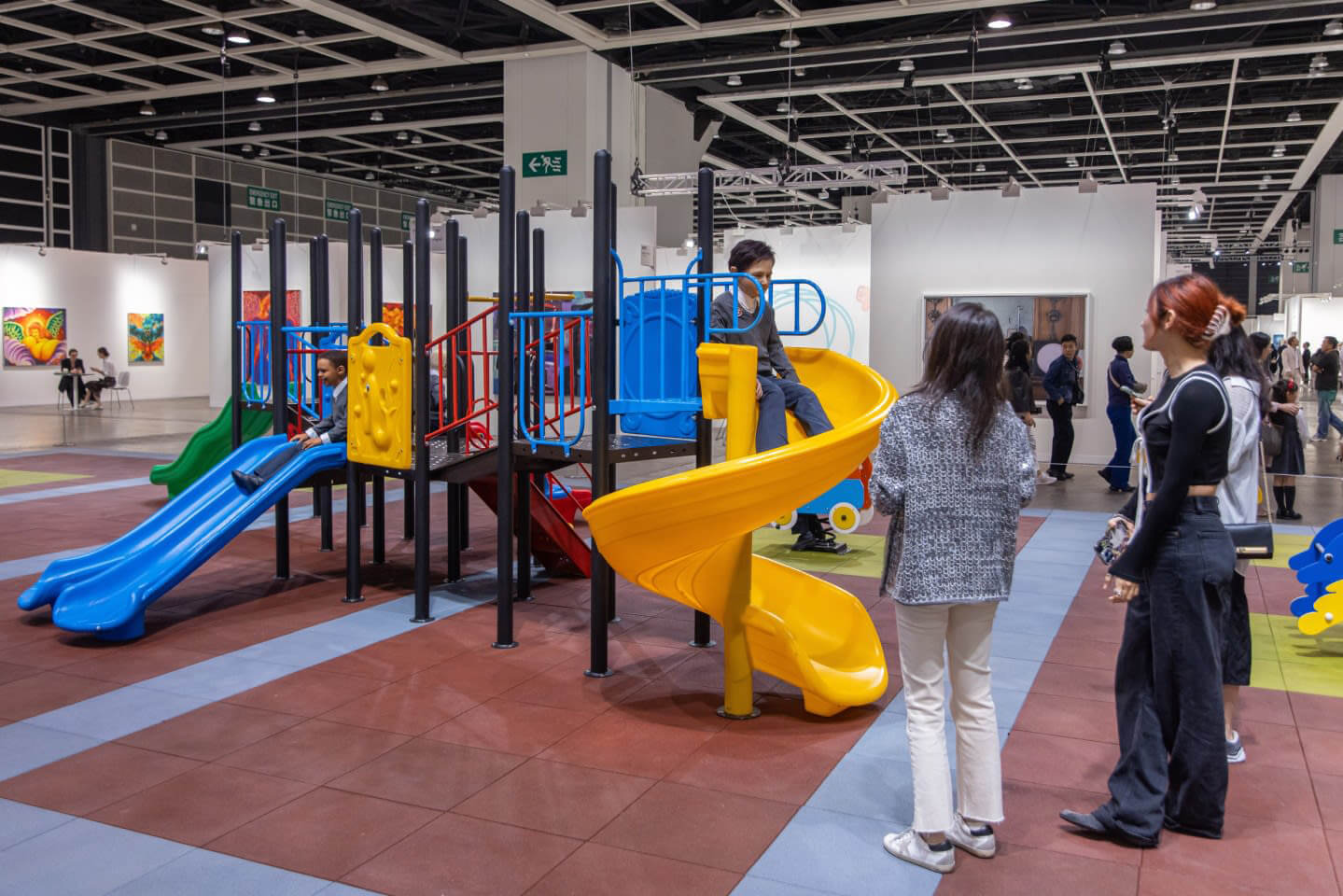
Staying on world leaders, Chinese artist Lin Wei offers a humorous yet cutting work. Anchored in the tradition of hyperrealism in contemporary Chinese art, the artist placed six mannequins in the likeness of [Vladimir] Putin, [Barack] Obama, [Osama] Bin-Laden, and more as seven-year-olds on a playground. Some theories on child development claim that at seven, one’s character is fully formed. “They represent leaders that have disappointed,” says the artist. “Their job is to better the world through politics,” she says, arguing that none of them did.
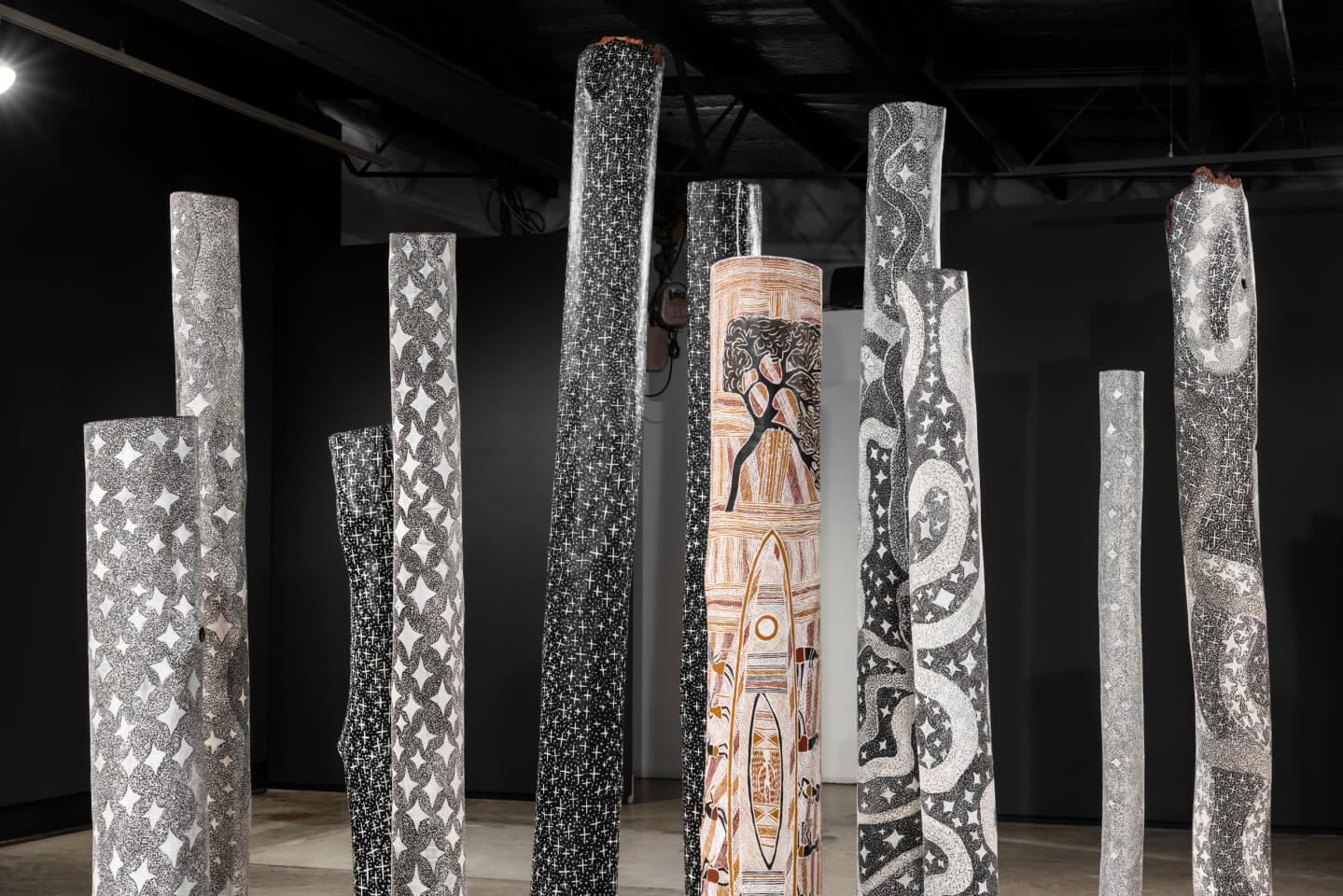
A stark contrast to the colourful playground, artist Naminapu Maymuru-White’s Larrakitj Forest (2024) is a sculptural installation rooted in the burial rites of the Yolngu, a First Nations people inhabiting northeastern Arnhem Land in the Northern Territory of Australia, who place the bones of the deceased inside hollowed wood poles. This connection to the natural world is further enhanced by the artist’s drawings on these ceremonial poles, called Larrakitj: scintillating surfaces of black, white and grey ochres evoke celestial constellations and flowing rivers.
Art Basel Hong Kong 2024 was held between March 28 – 30, 2024.

